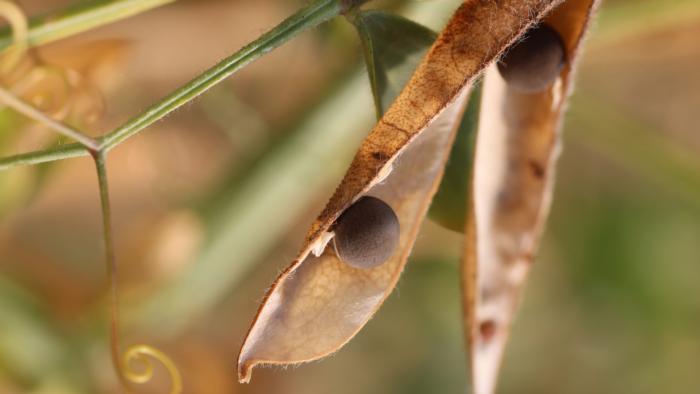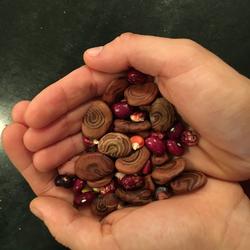Why Save Seeds?

Saving seeds helps protect and enhance biodiversity.
Seed saving is a way to preserve and protect our horticultural heritage. It is an ancient practice that allows you to retain plant varieties that are well adapted to your area and that are no longer available commercially.
Farmers and families have been domesticating seeds for thousands of years, driven by taste and security. The U.S. government provided free seeds for a hundred years until the program ended in 1924 due to pressure from the newly formed American Seed Trade Association. More recently, the Supreme Court determined that genetically engineered (GE) organisms are patentable. As a result, GE foods have become ubiquitous.
What can you do?
• Save seeds!
• Find a seed exchange.
• Support local organic farmers.
• Grow heirlooms.
Why does it matter?
• Encouraging biodiversity is a basic tenet of an Earth-friendly garden (and planet).
• Protecting and enhancing a wide diversity of plants and animals helps them adapt to threats like climate change, pests, and diseases.
• Relying on fewer varieties threatens our food system. Ireland’s 1846 potato famine is one example: 90% of the potatoes grown were one variety. When the blight struck, there was no way out.
The shift toward commercialization, consolidation, and control of seeds

• According to the United Nations Food and Agriculture Organization, 75% of the varieties of agricultural crops have been lost since 1900. Today, 95% of the world’s calories come from just 30 species. Of 30,000 edible plant species, we grow around 150.
• According to author Michael Pollan, our diets have changed more in the last 100 years than in the previous 10,000.
